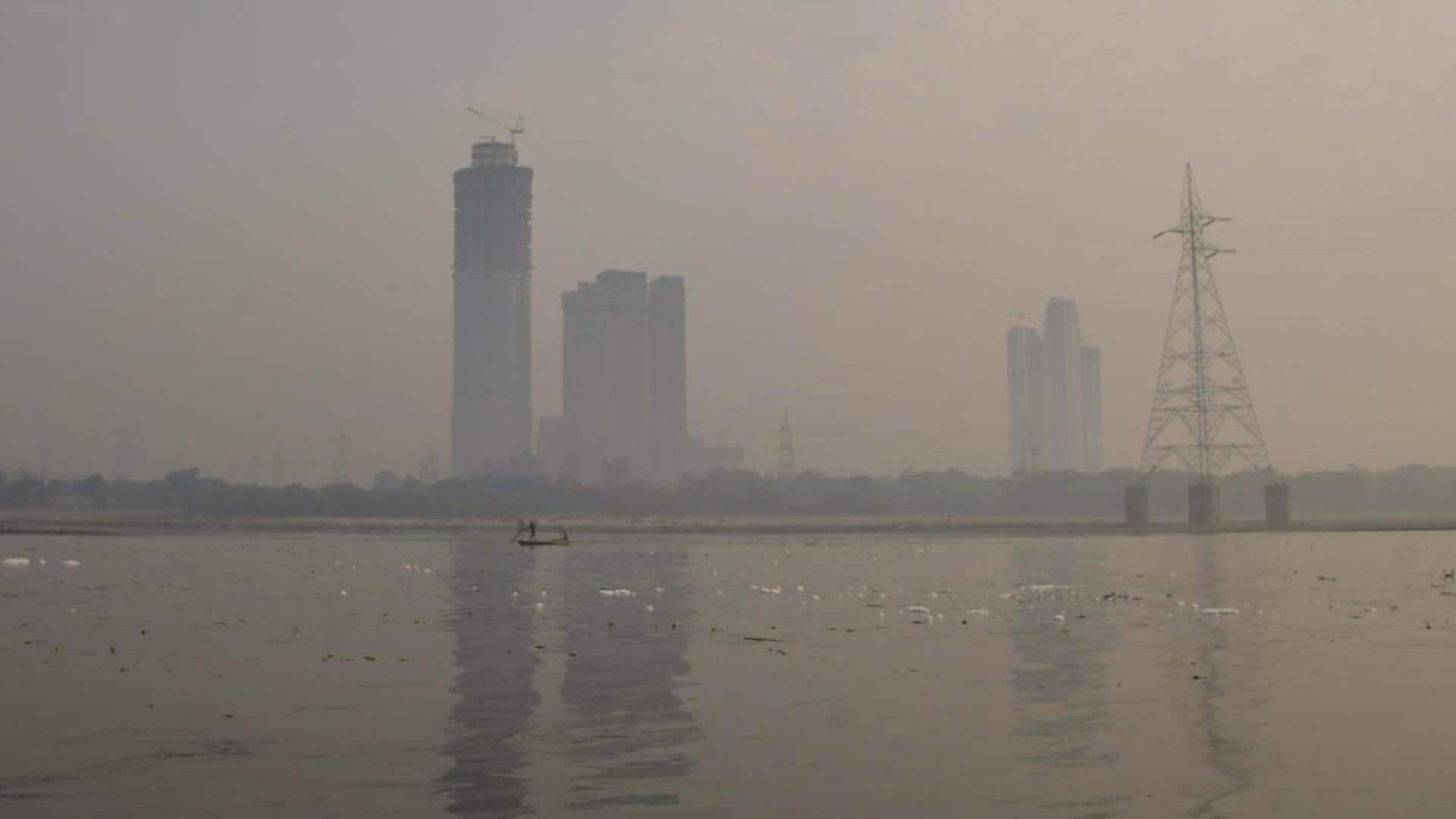
Delhi AQI nears 400; authorities strive to avoid GRAP-3 measures
What's the story
Delhi woke up to another day of toxic air on Sunday, with pollution levels remaining alarmingly high. The Air Quality Early Warning System reported an AQI of 392 early in the morning, with several areas crossing the 400 mark. This puts Delhi among the most polluted cities in India. The Central Pollution Control Board (CPCB) recorded a 24-hour average AQI of 361 at 4:00pm on Saturday, which is categorized as "very poor."
Pollution hotspots
Areas like Alipur, ITO, Nehru Nagar recorded severe pollution levels
Monitoring stations across Delhi recorded severe pollution levels on Sunday. Areas such as Alipur (415), ITO (420), Nehru Nagar (426), Vivek Vihar (424), Wazirpur (435), and Burari (430) recorded AQI readings above 400. The Sameer app data showed that 21 out of 39 monitoring stations in Delhi had an AQI of 400 or more, indicating "severe" pollution levels.
NCR impact
NCR also recorded 'very poor' AQI levels
The National Capital Region (NCR) was not spared either. Noida recorded an AQI of 354, Greater Noida 336, and Ghaziabad 339, all in the "very poor" category. The Delhi Pollution Control Committee (DPCC) claimed that, despite the toxic air, Delhi's air is cleaner this year than last year. DPCC chairman Sandeep Kumar said that six out of seven days in November had better AQI readings than last year, due to the timely implementation of departmental instructions.
GRAP-III
Officials are trying to avoid Stage III GRAP implementation
Officials are making efforts to avoid the implementation of Stage III of the Graded Response Action Plan (GRAP), which was enforced on November 13 last year. Kumar said that with continued efforts from government departments and residents, they hope to prevent reaching that stage this year. PM2.5 and PM10 remain the primary pollutants in Delhi's toxic air, posing serious health risks as they can penetrate deep into the lungs and bloodstream.
Historical data
Noida and Ghaziabad recorded their worst October air quality
Notably, Noida and Ghaziabad recorded their worst October air quality in five years. Noida's average AQI for October was 236 compared to previous years. Ghaziabad also showed a similar trend with an average higher than in previous years. Ritesh Tiwari from UPPCB attributed this worsening to early Diwali celebrations, causing excessive vehicular pollution and fireworks. Concerns were raised over data accuracy due to videos showing water sprinkling near monitoring stations affecting readings.